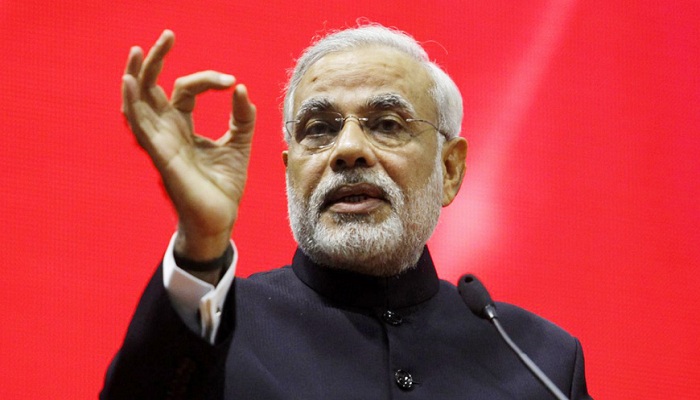
Removing the income ceiling of Rs 5 lakh per annum, to encourage inter-caste marriages the Centre has opened its scheme meant to all couples where either the bride or the bridegroom is a Dalit.
The ‘Dr. Ambedkar scheme for social Integration through inter-caste marriage’ was started in 2013, with a target to provide the monetary incentive to at least 500 such inter-caste couples per year. As per rules, such couples whose total annual income does not exceed Rs 5 lakh are eligible to get a one-time incentive of Rs 2.5 lakh from the Centre.
This was meant to “appreciate the socially bold step” and to enable them to “settle down in the initial phase of their married life”. The other pre-conditions were that it should be their first marriage, and it should be registered under the Hindu Marriages Act, with the proposal being submitted within a year of marriage.
In a recent order to states, the Ministry of Social Justice and Empowerment directed that “the condition that the total income of the newly-wedded couple will not exceed Rs 5 lakh per annum” be scrapped, and there will be “no income limit for the incentive under the scheme”. The ministry also made it mandatory for the couples to submit their Aadhaar numbers and details of their Aadhaar-linked joint bank account.
“Many states that have similar schemes do not have an income limit; so the Centre too decided it remove it,” said a ministry official. Since its inception, the scheme has fared very poorly in its implementation. As against an annual target of 500 couples, merely five were given the sum in 2014-15. In 2015-16, only 72 of the 522 couples who applied were approved, while 45 of the 736 applications were cleared in 2016-17. This year, of the 409 proposals it has received so far, the social justice ministry has cleared only 74 couples.
Officials said the low approval rate is often due to the fact that the couples don’t meet all the pre-conditions. For instance, only intermarriages registered under the Hindu Marriage Act are eligible, disregarding the several cases registered under the Special Marriages Act.
Also, the proposal needs to be recommended by an MP, MLA, or District Collector. “Awareness about the scheme is very low, most of the proposals come from a few states such as Andhra Pradesh, Telangana, and Maharastra,” said an official.
The target for each state is fixed in proportion to its share of Scheduled Caste population, though states are allowed to exceed their targets. Accordingly, Uttar Pradesh, West Bengal, Bihar, Tamil Nadu, Maharashtra, and Rajasthan, in that order, are allowed to submit the maximum proposals. The scheme’s stated purpose was to counter the Hindu practice of marrying on the “traditional grounds of jatis (castes) and up-jatis (sub-castes)”. The idea is derived from the teachings of Babasaheb Ambedkar, who said that caste and endogamy ( the custom of marrying within one’s own community) are the same things. He had noted that “prohibition, or rather the absence of intermarriage — endogamy, to be concise — is the only one that can be called the essence of caste” and advocated “fusion” through intermarriage (exogamy).
There is no definite data available on inter-caste marriages since the Centre did not release the caste data from the Socio-Economic and Caste Census. However, studies based on sample surveys show that caste rigidity in marriage continues to be deeply entrenched.
One such study, by researchers K Das and others, analyses caste information of 43,102 ever-married couples as per the National Family Health Survey (NFHS-III) (2005-06) data. It pegs the percentage of inter-caste marriages in India at about 11 percent.
In states such as Jammu and Kashmir, Rajasthan, Chhattisgarh, Madhya Pradesh, Meghalaya and Tamil Nadu, 95 percent were found to have married within their own caste. States like Punjab, Sikkim, Goa, and Kerala fared better, with 80 percent marrying within their own caste.
A more recent paper (September 2017) by researchers at the Indian Statistical Institute, using data from the Indian Human Development Survey and National Sample Survey 2011-12, shows that the education level of people doesn’t have any direct relation with them choosing a partner from outside their own caste.

Post Your Comments